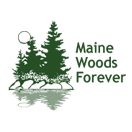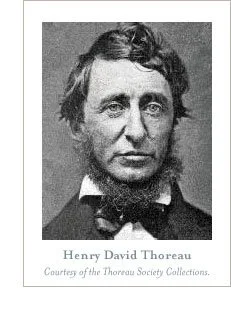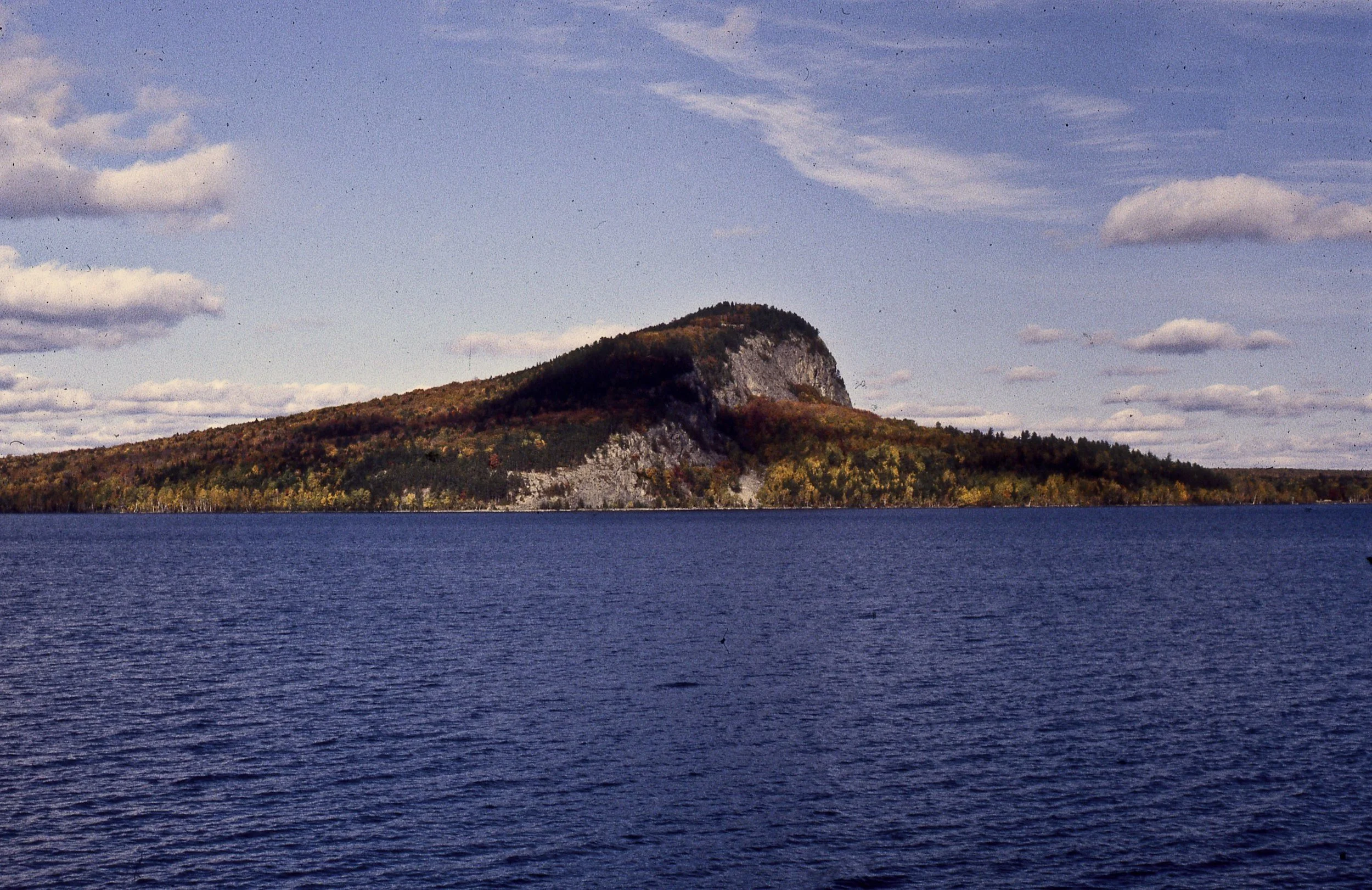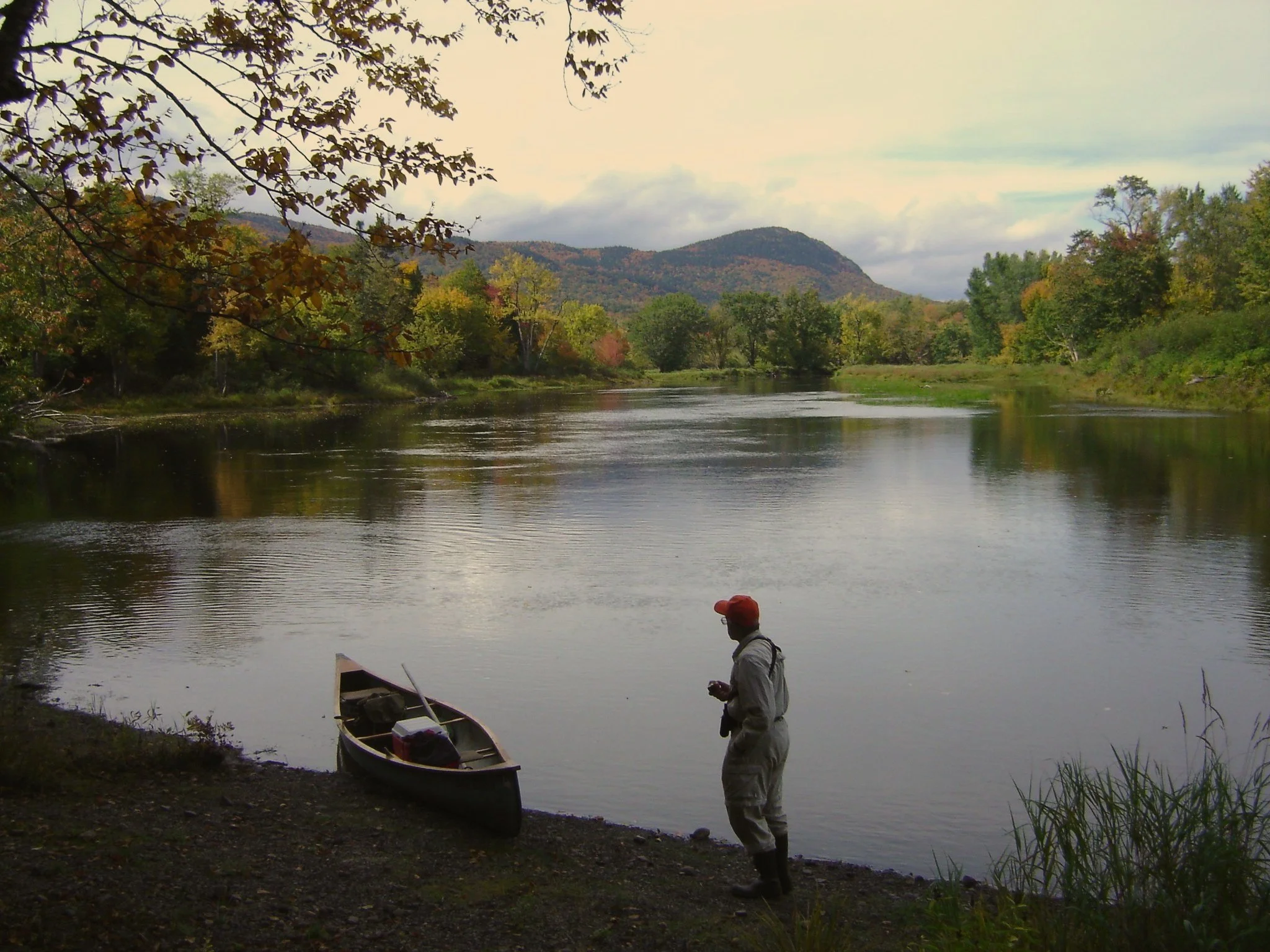
Thoreau-Wabanaki Trail
Thoreau in Maine
Henry David Thoreau made trips to Maine in 1846, 1853 and 1857, each of which followed ancient Wabanaki canoe routes through vast, primitive wilderness. He climbed high on “Ktaadn” in 1846, visited Chesuncook Lake with Penobscot guide Joe Attean in 1853, and reached distant Eagle Lake in the Allagash with Penobcot guide Joe Polis in 1857 before returning to Indian Island via the East Branch of the Penobscot River.
In The Maine Woods he wrote of Katahdin, “I looked with awe at the ground I trod on…This was the Earth of which we have heard, made out of Chaos and Old Night. Here was no man’s garden, but the unhandseled globe.” Far more ambitious than his rambles around Massachusetts, Thoreau’s experiences in Maine “left such an impression of stern, yet gentle, wildness on [his] memory as will not soon be effaced.”
Wabanaki in Maine
“Wabanaki” translates as “people of the dawn land” and refers collectively to the Penobscot, Passamaquoddy, Micmac, Maliseet and Abenaki Tribes. For thousands of years, the Wabanaki people traveled extensively by canoe throughout what is now northern Maine. Travel was made possible using the overland portages connecting the numerous watersheds in this vast wilderness. These ancient canoe routes would later be used by explorers, lumbermen, and recreational canoeists. Changes to the land and rivers caused the Indigenous People to adapt to a different lifestyle, reducing their dependence on canoe travel. Even in the midst of great change and adaptation, the Wabanaki spiritual connection to the land and their canoeing culture still exist today.
For more information on Wabanaki culture, please visit the following sites:
www.native-languages.org/wabanaki.htm
www.abbemuseum.org
www.penobscotnation.org
Itineraries & Trail Map
To purchase a Thoreau-Wabanaki Trail Map and Guide:
CLICK HERE for the University of Maine online bookstore or call the store at (207) 866-0573.
Below are Thoreau’s itineraries from his three journeys to Maine in 1846, 1853 and 1857, assembled from Parker Huber’s book The Wildest Country.
1846
Katahdin via the West Branch of the Penobscot River. Thoreau spent twelve days in Maine and seven nights in the North Woods, including three nights at George McCauslin’s Farm, whose property today has been flooded by Dolby Pond. On September 5, 1846, Thoreau stopped by the home of Thomas Fowler, just upstream from McCauslin’s Farm and persuaded him to guide the expedition. From there, Thoreau, Fowler, and three other travelers, made their way up through Quakish Lake, North Twin Lake, Ambajejus Lake, around Passamagamet Falls into the Debsconeag Deadwater. They continued up the West Branch to Abol Stream, where they camped for a night before setting out to climb Katahdin.
Katahdin from Abol Stream
1853
Moosehead Lake to Chesuncook Lake Roundtrip. Named Mspame by the Indians (most likely a phonetic attempt at the Penobscot word for ‘lake’, which is mehkwasrpem), Moosehead Lake is the largest lake in New England. This is where Thoreau began his canoe expeditions in 1853 and 1857. In 1853, he took a steamer all the way from Greenville to the Northeast Carry, where he, George Thatcher, and Penobscot Guide Joe Attean then descended the West Branch of the Penobscot to Chesuncook Lake. They spent a night at the home of Ansel Smith, a man who made his living by lodging and feeding the lumberers. From Smith’s, Thoreau, Thatcher, and Attean turned around and retraced their steps, traveling back up the West Branch to Northeast Carry and caught the steamer back to Greenville.
Mount Kineo on Moosehead Lake
1857
Moosehead Lake to Indian Island. This was Thoreau’s longest—he spent twenty days in Maine, including eleven in the North Woods—and most arduous expedition. He, along with friend Ed Hoar and Penobscot Guide Joe Polis, completed a canoe loop that penetrated some very remote wilderness. Beginning again on Moosehead Lake, this time they paddled to Northeast Carry, portaged into the West Branch and followed it to Chesuncook Lake. From there they made their way up to Umbazooksus Lake, Chamberlain Lake and Eagle Lake, the point farthest north of Thoreau’s three expeditions. Returning to Chamberlain, they then paddled east to Round Pond, Telos Lake, and Webster Lake, before descending Webster Brook into Grand Lake Matagamon. Thoreau portaged around a dam at the outlet of the lake, but this dam was built in 1847, not the 1940 dam that is there today. Finally, over the course of five days, the team paddled the length of the East Branch all the way back to Indian Island.
Seboeis campsite, East Branch Penobscot River
2022 Thoreau Wabanaki Trail Festival!
The 16th Annual Thoreau-Wabanaki Trail Festival will take place July 20-25, 2022 on the shores of East Cove in downtown Greenville. The Thoreau Wabanaki Trail Festival promotes the understanding, appreciation, and stewardship of Maine’s unique cultural heritage and natural resources.
Video
Video Source: Maine Office of Tourism











